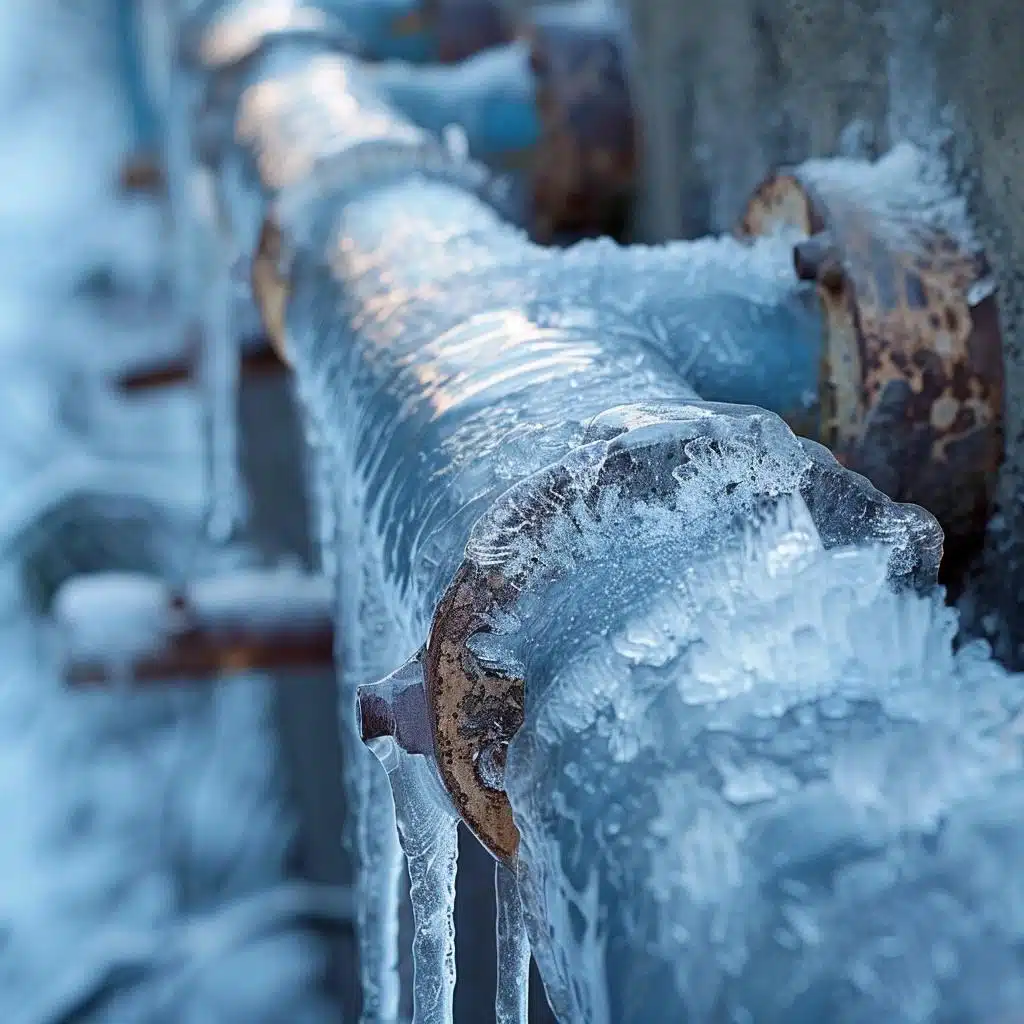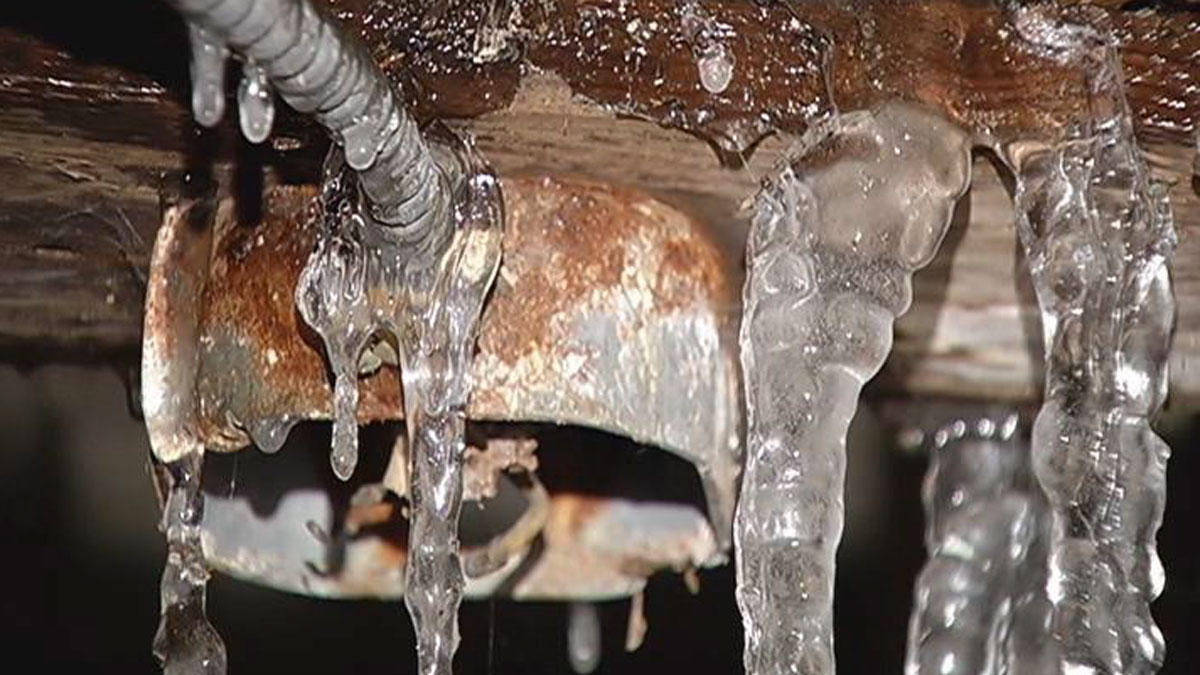We have noticed this post on How to Prevent Your Pipes From Freezing directly below on the web and believe it made good sense to relate it with you here.

Cold weather can damage your pipes, specifically by freezing pipes. Below's how to avoid it from taking place and what to do if it does.
Introduction
As temperatures decrease, the danger of icy pipelines increases, potentially causing pricey repair work and water damage. Understanding just how to avoid icy pipelines is critical for home owners in cool climates.
Prevention Tips
Insulating at risk pipelines
Wrap pipelines in insulation sleeves or make use of warmth tape to secure them from freezing temperatures. Focus on pipelines in unheated or exterior areas of the home.
Home heating techniques
Keep interior areas properly heated up, specifically locations with pipes. Open up cupboard doors to permit cozy air to distribute around pipelines under sinks.
Just how to identify icy pipelines
Try to find decreased water flow from faucets, uncommon smells or noises from pipes, and noticeable frost on revealed pipelines.
Long-Term Solutions
Structural adjustments
Think about rerouting pipelines away from exterior walls or unheated areas. Add additional insulation to attic rooms, cellars, and crawl spaces.
Upgrading insulation
Buy top notch insulation for pipelines, attics, and wall surfaces. Proper insulation aids keep constant temperature levels and minimizes the threat of icy pipelines.
Safeguarding Outside Plumbing
Yard hose pipes and exterior faucets
Separate and drain pipes garden hoses prior to winter season. Install frost-proof faucets or cover outside faucets with shielded caps.
Recognizing Frozen Pipelines
What causes pipelines to freeze?
Pipes ice up when exposed to temperature levels below 32 ° F (0 ° C) for prolonged periods. As water inside the pipes ices up, it increases, taxing the pipeline walls and potentially triggering them to burst.
Risks and problems
Icy pipes can lead to water supply disturbances, residential or commercial property damage, and costly repair services. Burst pipelines can flooding homes and create considerable architectural damages.
Signs of Frozen Pipeline
Recognizing frozen pipelines early can avoid them from bursting.
What to Do If Your Pipelines Freeze
Immediate activities to take
If you suspect frozen pipes, maintain taps available to ease stress as the ice melts. Utilize a hairdryer or towels taken in hot water to thaw pipes slowly.
Final thought
Preventing icy pipes needs aggressive steps and quick feedbacks. By comprehending the reasons, signs, and preventive measures, homeowners can secure their plumbing during cold weather.
5 Ways to Prevent Frozen Pipes
Drain Outdoor Faucets and Disconnect Hoses
First, close the shut-off valve that controls the flow of water in the pipe to your outdoor faucet. Then, head outside to disconnect and drain your hose and open the outdoor faucet to allow the water to completely drain out of the line. Turn off the faucet when done. Finally, head back to the shut-off valve and drain the remaining water inside the pipe into a bucket or container. Additionally, if you have a home irrigation system, you should consider hiring an expert to clear the system of water each year.
Insulate Pipes
One of the best and most cost-effective methods for preventing frozen water pipes is to wrap your pipes with insulation. This is especially important for areas in your home that aren’t exposed to heat, such as an attic. We suggest using foam sleeves, which can typically be found at your local hardware store.
Keep Heat Running at 65
Your pipes are located inside your walls, and the temperature there is much colder than the rest of the house. To prevent your pipes from freezing, The Insurance Information Institute suggests that you keep your home heated to at least 65 degrees, even when traveling. You may want to invest in smart devices that can keep an eye on the temperature in your home while you’re away.
Leave Water Dripping
Moving water — even a small trickle — can prevent ice from forming inside your pipes. When freezing temps are imminent, start a drip of water from all faucets that serve exposed pipes. Leaving a few faucets running will also help relieve pressure inside the pipes and help prevent a rupture if the water inside freezes.
Open Cupboard Doors
Warm your kitchen and bathroom pipes by opening cupboards and vanities. You should also leave your interior doors ajar to help warm air circulate evenly throughout your home.

We hope you enjoyed reading our post on 6 Ways to Prevent Frozen Pipes. Thanks for taking the time to browse our short article. Those who enjoyed reading our article plz consider to share it. I truly appreciate your readership.
Book